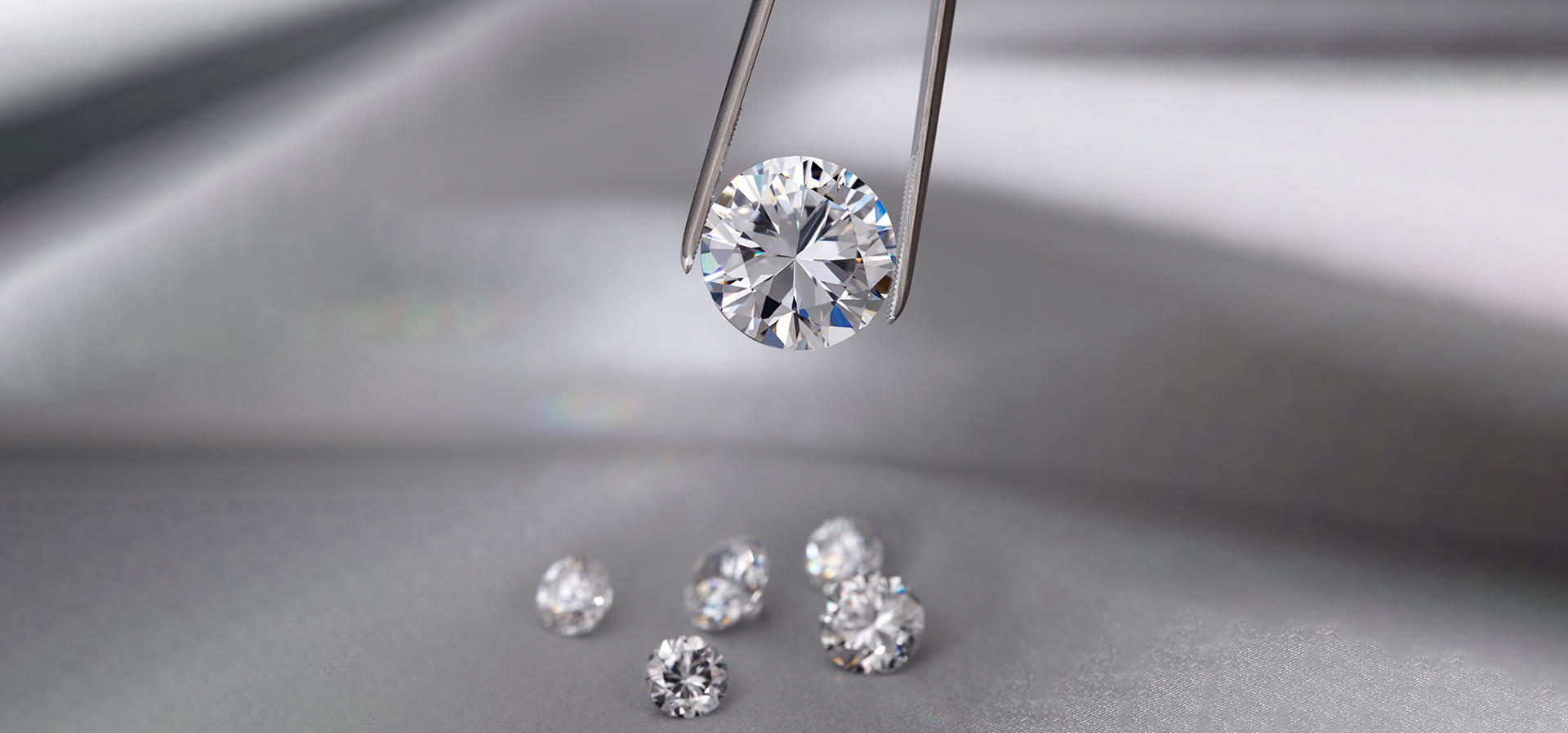In recent years, the jewelry industry has witnessed a significant shift with the advent of lab-grown diamonds. Once considered a novelty, these man-made gems have grown in popularity, offering a sustainable and cost-effective alternative to mined diamonds. “Forever lab diamonds” are becoming the new norm in fine jewelry, heralding a future where luxury and ethics can coexist.
What Are Lab-Grown Diamonds? Lab-grown diamonds, also known as synthetic or cultured diamonds, are created in a controlled environment using advanced technology. They possess the same chemical composition, physical properties, and visual characteristics as natural diamonds, which form over millions of years beneath the Earth’s surface. The key difference is that lab-grown diamonds are produced in weeks or months, depending on the method used.
The Manufacturing Process Lab-grown diamonds are typically made using one of two methods: High Pressure-High Temperature (HPHT) or Chemical Vapor Deposition (CVD). The HPHT method mimics the conditions under which natural diamonds form, applying intense heat and pressure to a carbon source. The CVD method involves breaking down carbon-rich gases to deposit layers of carbon onto a substrate, gradually forming a diamond.
Advantages of Lab-Grown Diamonds Lab-grown diamonds offer several advantages over their mined counterparts:
- Sustainability: Lab-grown diamonds require significantly fewer natural resources and generate less environmental impact. They don’t require large-scale mining operations, which often cause deforestation, habitat destruction, and soil erosion.
- Ethics: These diamonds are free from the ethical concerns associated with “blood diamonds” or conflict diamonds. Consumers can enjoy the beauty of their jewelry without worrying about human rights abuses or funding conflicts.
- Affordability: Lab-grown diamonds are generally more affordable than mined diamonds, with price differences ranging from 20% to 40%. This makes high-quality diamonds more accessible to a broader audience.
- Customization: Since lab-grown diamonds are created in a controlled setting, they offer greater flexibility in terms of size, shape, and color. This opens up new possibilities for jewelry designers and customers seeking unique pieces.
The Future of Lab-Grown Diamonds As the demand for sustainable and ethical products grows, lab-grown diamonds are poised to play an increasingly significant role in the jewelry industry. More and more consumers are choosing these diamonds for engagement rings, wedding bands, and other fine jewelry pieces. Major jewelry brands are also expanding their offerings to include lab-grown options, further legitimizing their place in the market.
While some traditionalists may argue that mined diamonds have a certain mystique due to their natural origins, lab-grown diamonds are proving that beauty and ethics can go hand-in-hand. As technology continues to advance, we can expect lab made diamonds to become even more prevalent, ultimately reshaping the way we think about fine jewelry.
In conclusion, “forever lab diamonds” represent a future where luxury is not only beautiful but also sustainable and ethical. As more consumers embrace these gems, we can look forward to a jewelry industry that reflects the values of a changing world—where sustainability, ethics, and affordability are the new benchmarks of elegance and sophistication.






